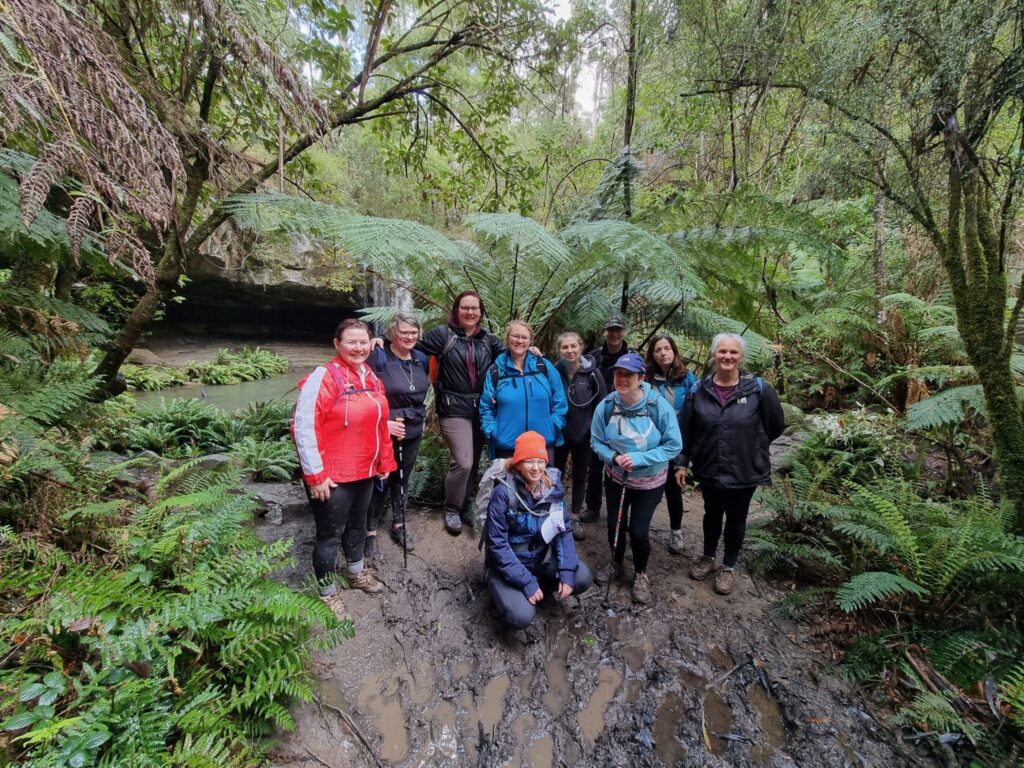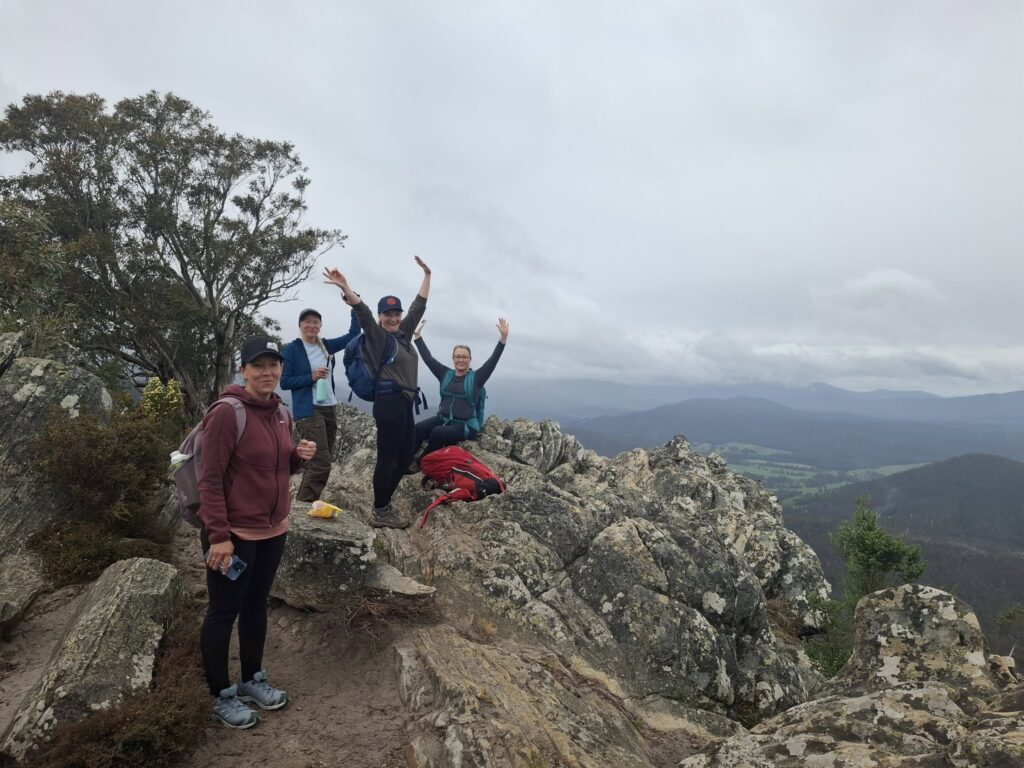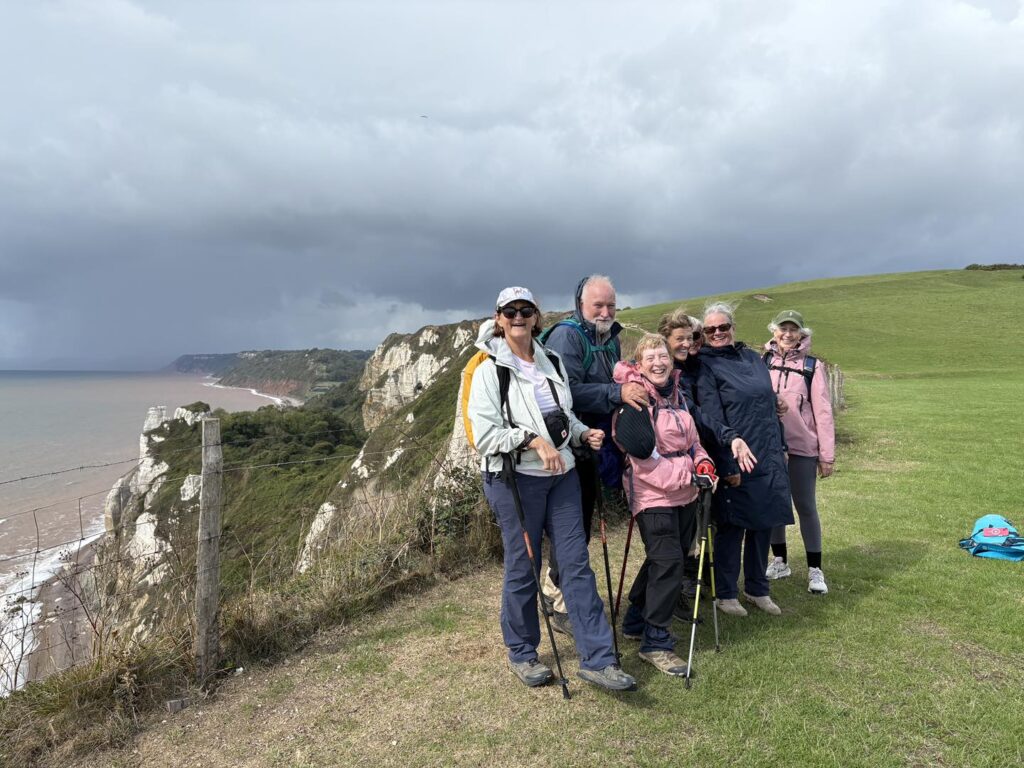We say it all the time… I just want to be happy. We say it about our kids, our partners, our friends. It sounds simple, kind, and right. But somewhere in that sentence, something quietly slips away. Because maybe the goal isn’t just happiness. Maybe it’s something deeper, something more real.
The Two Kinds of Happiness
In wellbeing science, there are two broad types of happiness. The first is hedonic wellbeing, the kind we usually mean when we talk about being happy. It’s about pleasure, comfort, and enjoyment. It’s the satisfaction of a good meal, a beautiful view, or a warm laugh with friends. There’s nothing wrong with this kind of happiness. As a matter of fact, it’s essential. But it’s also fleeting.
Psychologists call this hedonic adaptation, our tendency to get used to good things. The hit of pleasure fades, and we start chasing the next one: a bigger house, a better car, another holiday, another success. We end up on what researchers call the hedonic treadmill, running hard but staying in the same emotional place. It’s the same trap that drives us to climb the endless ladder of “more.” More money. More experiences. More recognition. But does all this “more” lead to meaning?


Beyond Pleasure: The Life of Meaning
The second kind of happiness is eudaimonic wellbeing. This comes from the Greek word eudaimonia, meaning “a life of virtue or purpose.” This isn’t about how life feels, but about what it means. It’s about engagement, growth, connection, and contribution. It’s about the moments that make us proud, not just comfortable.
Eudaimonic wellbeing is what happens when we keep walking through the storm instead of waiting for it to pass. It’s when we find purpose in discomfort, when we see that the struggle is the growth.
Thriving Is Messy
When people ask me what it means to thrive, I used to think it was an easy question. But thriving isn’t simply about joy or success. It’s about how we respond when life gets uncomfortable and when things are messy, intense, uncertain, or painful.
We don’t thrive because life is smooth. We thrive because we’ve learned how to keep going when it’s not. It’s the ability to find small pockets of calm, gratitude, or connection even when everything feels hard. That’s real resilience. It’s not the absence of struggle, but the ability to move through it with meaning.


The Paradox of Challenge
Every time we take people on a hike, we sell the beauty of the sunset, the laughter around the campfire, and the joy of new friendships. And those things are real — they’re the heart of why people come. But what we often don’t highlight is what gets us there: the aching legs, the steep climbs, the rain-soaked socks, and the moments of doubt along the way.
Yet those are the moments that build the magic. Just like a muscle grows stronger through tension and repair, our wellbeing deepens through challenge and recovery. Without effort, there’s no adaptation. Without discomfort, there’s no growth.
So maybe we need to stop saying I just want to be happy. Maybe instead we could say I want to live fully. Because a life worth living isn’t one without struggle, it’s one where we learn the skills to move through it, to find purpose within it, and to grow because of it. That’s what thriving really is: the art of holding joy and struggle in the same breath.


